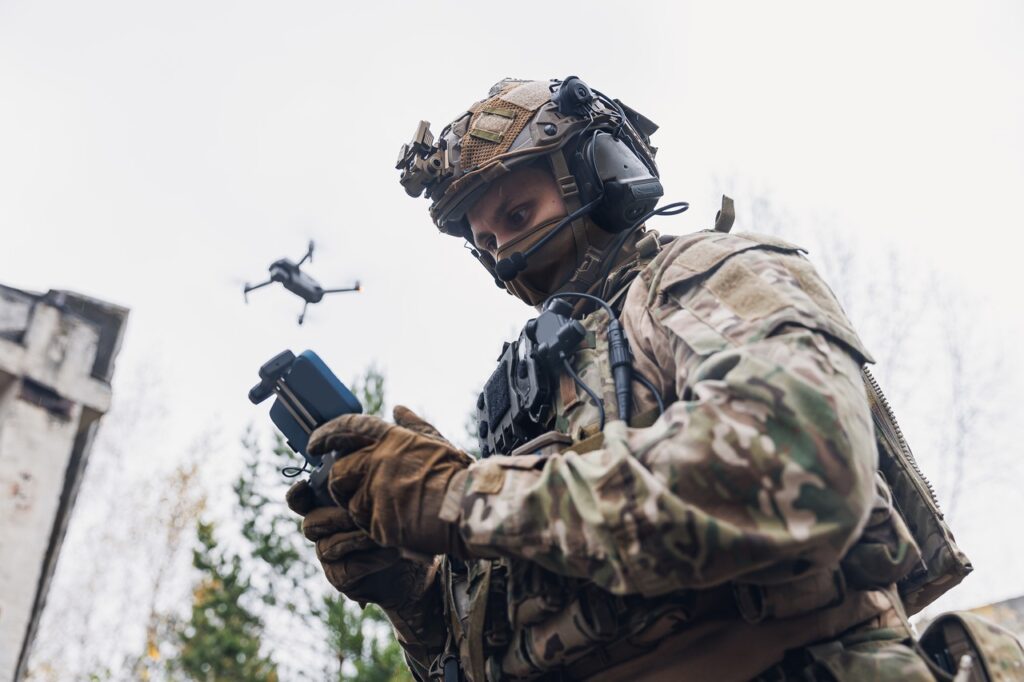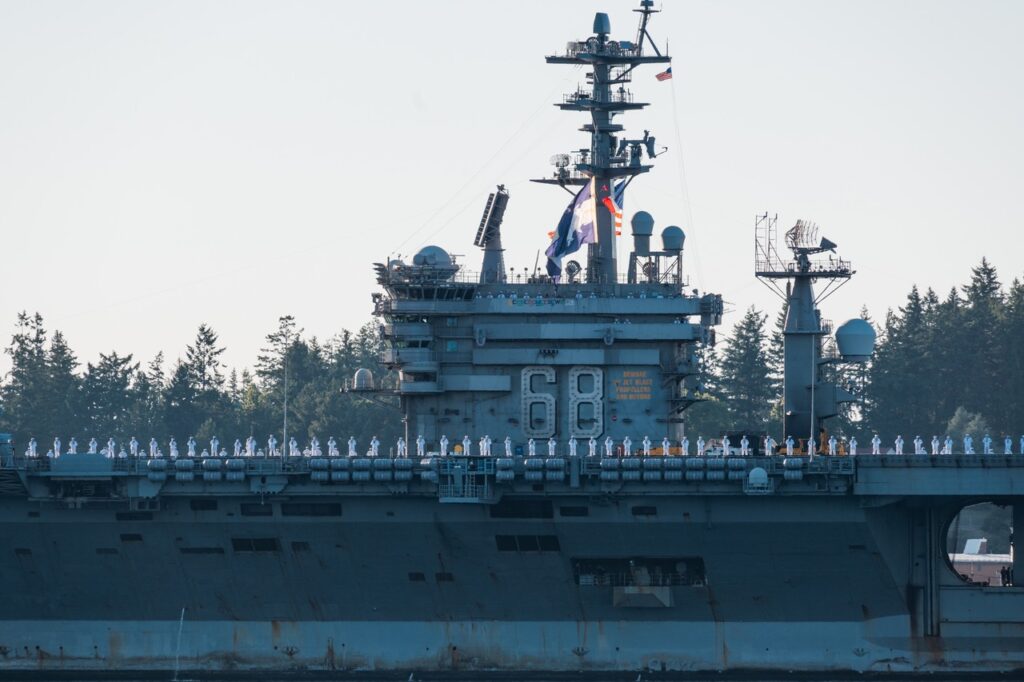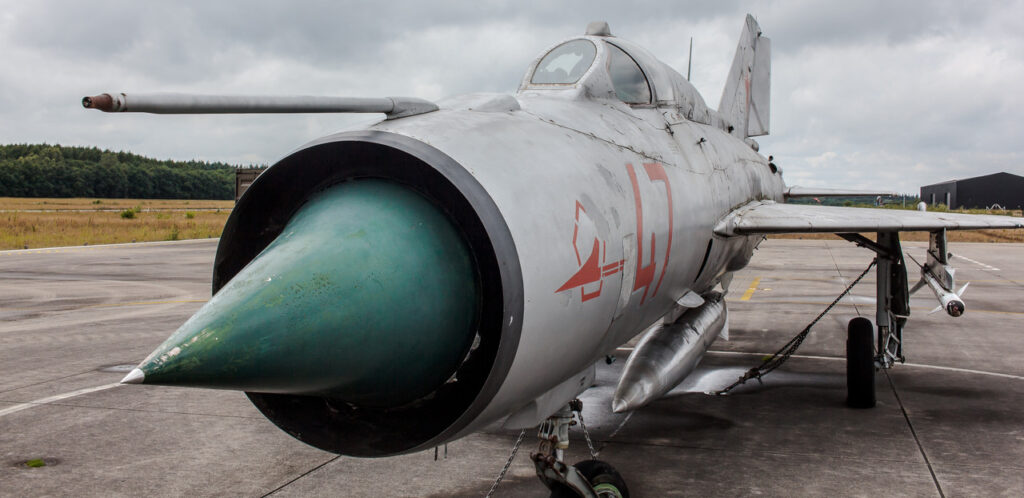The F-35: The Ultimate Nuclear Bomber?
Earlier this year, the F-35 completed a series of weapons separation tests and is currently able to be armed with the AIM-9X, AIM-120, AIM-132, GBU-12, JDAM, JSOW, SDB-1 and the Paveway IV, Lockheed Martin data states. While it is not yet clear exactly how a nuclear weapon might integrate onto the platform, the F-35 is configured to carry more than 3500 pounds of ordnance in stealth mode and over 18-thousand pounds uncontested.
The Air Force is integrating the B61 Mod 12 nuclear weapon into the F-35 this year as part of a long-range plan to deploy a nuclear-armed, dual-capable F-35 able to give commanders a wider envelope of precision nuclear attack options.
“Detailed risk reduction activities have been completed ensuring the F-35A is fully compatible with the B61-12 weapon. Planning for Block 4 nuclear certification efforts have begun in anticipation of initial B61-12 integration on the F-35A this year,” Maj. Emily Grabowski, Air Force Spokeswoman, told Warrior Maven.
The Block 4 F-35, to fully emerge in the next decade, contains more than 50 technical adjustments to the aircraft designed as software and hardware builds — to be added in six-month increments between April 2019 to October 2024, she added.
The latest version of the B61 thermonuclear gravity bomb, which has origins as far back as the 1960s, is engineered as a low-to-medium yield strategic and tactical nuclear weapon, according to nuclearweaponsarchive.org, which also states the weapon has a “two-stage” radiation implosion design.
Recommended: How an ‘Old’ F-15 Might Kill Russia’s New Stealth Fighter.
Recommended: How China Plans to Win a War Against the U.S. Navy.
Recommended: How the Air Force Would Destroy North Korea.
The most current Mod 12 version has demonstrated a bunker-buster earth-penetrating capability, according to the Federation of American Scientists (FAS).
“B61-12 is designed to have four selectable explosive yields: 0.3 kilotons (kt), 1.5 kt, 10 kt and 50 kt,” FAS writes.
Utilizing speed, maneuverability and lower-altitude flight when compared to how a bomber such as a B-2 would operate, a nuclear-capable F-35 presents new threats to a potential adversary. In a tactical sense, it seems that a high-speed F-35, fortified by long-range sensors and targeting technologies, might be well positioned to identify and destroy mobile weapons launchers or other vital, yet slightly smaller on-the-move targets. Furthermore, the B61 Mod 12 is engineered with a special “Tail Subassembly” to give the bomb JDAM-type GPS accuracy, giving a new level of precision targeting, according to data provided by the Federation of American Scientists.
It makes sense that the F-35 would increasingly be called upon to function as a key element of US nuclear deterrence strategy; in recent months, F-35s deployed to the Pacific theater to participate in military exercises over the Korean Peninsula. The weapons, ISR technology and multi-role functions of the F-35 potentially provide a wide range of attack options should that be necessary in the region.
As part of this equation, an F-35 might also be able to respond much more quickly, with low-yield nuclear weapons in the event that new intelligence information locating a new target emerges. Lower-yield nuclear weapons, should they be integrated onto the F-35, could enable highly destructive, yet more surgical, nuclear attacks to eliminate targets without necessarily impacting much larger swaths of territory.
The text of the administration’s Nuclear Posture Review, released earlier this year, specifically cites the importance of dual-capable aircraft (DCA) in Europe and states that a nuclear-armed F-35 is fundamental to deterring Russia.
“We are committed to upgrading DCA with the nuclear-capable F-35 aircraft. We will work with NATO to best ensure—and improve where needed—the readiness, survivability, and operational effectiveness of DCA based in Europe,” the Nuclear Posture Review states.
Earlier this year, the F-35 completed a series of weapons separation tests and is currently able to be armed with the AIM-9X, AIM-120, AIM-132, GBU-12, JDAM, JSOW, SDB-1 and the Paveway IV, Lockheed Martin data states. While it is not yet clear exactly how a nuclear weapon might integrate onto the platform, the F-35 is configured to carry more than 3500 pounds of ordnance in stealth mode and over 18-thousand pounds uncontested.
Also, without providing any detail, Grabowski did add that the Air Force is working closely with industry weapons developers to actively build new weapons specifically for the F-35.
“As we gain increasing experience with the aircraft and these new weapons mature, the program will follow the requirements for incorporating future weapons,” she told Warrior.
This first appeared in Warrior Maven here.


